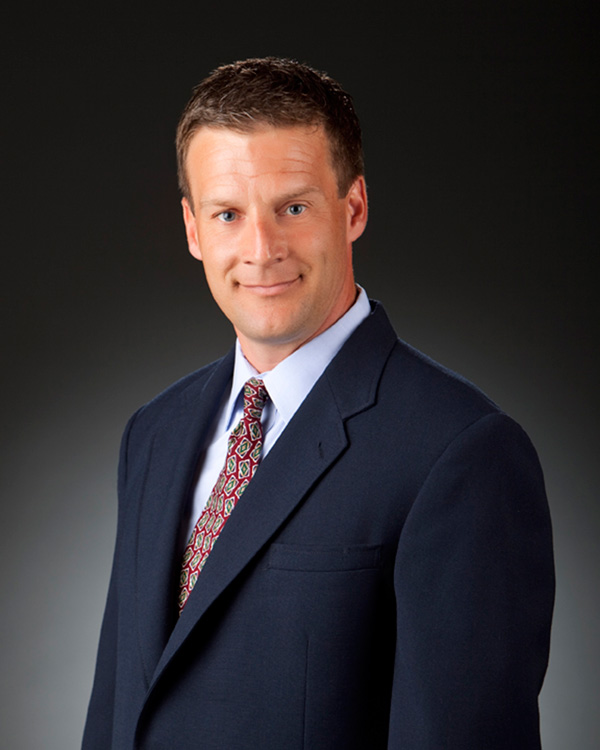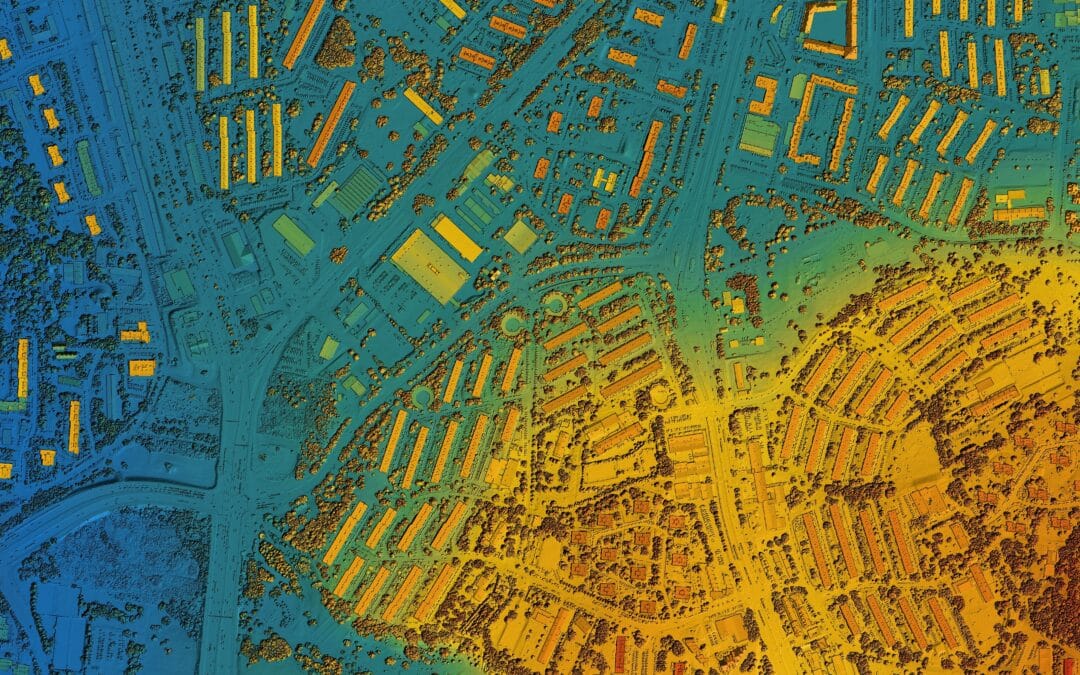When talking about real estate investors, we generally put them into one of two categories: active investors or passive investors. In this post, we’re going to focus on the active, but first, let’s briefly touch on what is meant by “passive.”
This could be a HomeVestors franchisee (as I am, here in Dallas) or an investor out on his or her own, whether full-time, part-time or even just starting out.
The Passive Investor
The passive investor is one who deals in buy-and-holds, or those properties that are kept as investments/rentals. These investors have a long-term focus. They’re in it for the long haul. They’re not focused on short-term gain, but rather, they’re focused on long-term gain in the form of monthly cash flow—the difference between the monthly rent they earn and the expenses they incur.
Passive investors are people who also probably have a minimal amount of time to allocate to real estate investing. This is very common among part-time or “weekend investors.” These are individuals who have full-time commitments of some sort elsewhere. Most logically have a full-time job or a full-time career, but they’re focusing on part-time real estate investing or weekend real estate investing in order to build some long-term wealth.
Even though they don’t have a lot of time, they’re still very interested in investing. So for them, buy-and-hold is a perfect approach to real estate investing because it only requires a minimal time commitment.
But remember that a key characteristic of passive investing is that it requires a maximum capital commitment. If you’re a passive investor, you’re going to tie up some money in these rental homes, because you’re going to put probably 20 percent down on the majority of the rental properties you buy. That money is not coming back out of those homes right away, as in a fix-and-flip. That money will remain in that property until you sell the house or perhaps you refinance the property and can pull the capital back out.
Active Investors
So what does it mean to be an active investor? There really are two types. First, there’s the fix-and-flip investor—otherwise known as a rehabber—who buys a property, fixes or rehabs it and then sells it. The second type is the pure flip investor, also known as a wholesaler. The pure flipper doesn’t necessarily fix the property, but simply buys it or gets it under contract and then wholesales it as-is to another investor or perhaps to another occupant.
For this discussion, we’ll focus on fix-and-flip investors and three main characteristics that define them.
Characteristic No. 1: Short-Term Focus
The active investor has a short-term focus—literally. This type of investor is thinking in terms of months for the life cycle of his or her investment. It even could be perhaps as little as several weeks, if the investor is a wholesaler. But a traditional fix-and-flip investor is going to think of that investment in terms of months from the point of purchase, through rehab and to time of resale.
That buy-and-hold investor we talked about before is thinking long-term—buying properties, holding them for years and just enjoying the cash flow. The short-term investor is going to buy and hold for months, then pull that cash back out when he or she sells it and moves on to the next project.
Characteristic No. 2: Cash-Out is Key
That leads us to the second characteristic of the active investor. With the passive investor, cash flow is key. But for the active investor, cash-out is key.
The active investor is heavily focusing his or her energy and effort to getting that money back out of that investment—that fix-and-flip project—as quickly as possible. As an active investor, you want to buy the property, fix it, sell it and pull all of your money back out so you can move on to your next real estate investment. Or maybe there’s something else in your life you want to purchase with that profit—like a boat, a house or money for a college education, for instance. Whatever it may be, the active investor is watching the clock and the calendar closely. It’s not a long-term, cash-flow play, like with the passive investor; it’s a short-term, cash-out play.
Characteristic No.3: Bigger Time Commitment
As an active investor, you need to consider the time commitment. You’ll remember that passive investors have a minimal time commitment with their buy-and-hold approach to real estate investing in their rental properties. That’s especially true if they hire a Realtor to find and buy the properties, and then hire a property management company to oversee that property as a rental. However, for an active investor, that’s not the case.
Your time commitment as an active, or fix-and-flip, investor is much more significant. Think about it: once you purchase the property, you’ve got to rehab it or repair it so you can introduce the property and ultimately sell it on the retail market. While you’re rehabbing it or repairing it, you’ve got contractors coming in and out. You’re going to have contractors bidding on the work, and then you’re going to have to manage those contractors and watch over them. They’re going to require compensation throughout the life of the project, and you’re going to want to check in with them, check in on the house periodically and either pay them along the way or pay them in full at the completion of the work.
Picture yourself making multiple trips—many times, unplanned trips—over to that house. And that takes a lot of time, especially if you have a full-time commitment elsewhere to another career or job. It may be difficult for you to break away at 2 p.m. on a Tuesday afternoon to run over to the house and check on how the interior paint color is drying before the rehabbers complete the rest of the house. Maybe you have to run over to the house to pay contractors at the end of the week because they need to pay their crews for that week’s work. So don’t underestimate the time it takes to do a fix-and-flip type real estate investment.
There’s also marketing of that house or that project. Once you’re done managing the rehab and managing those contractors, while making the decisions along the way, being there with them, paying them on a timely basis, monitoring and sequencing all of that work while still getting bids, etc., you still need to market the property. While that may not be your direct time—you’re probably going to hire a Realtor to do this for you since that’s what they do and they do it well—it’s still going to require some attention from you.
The time it takes to sell that finished rehab will depend on your market. While it might sell in maybe a week in some of the hotter markets in the U.S., you don’t want to bet on that. So you need to be prepared to hold that property, and you may have to invest more money. There are property taxes, insurance costs and, depending on the time of year, there may be snow removal, lawn maintenance or utilities. So it takes time and it takes money to market that property. Then ultimately you’ll close it and sell it.
Even after you get the contract and you accept the offer, closing is another process that is going to take time. There will be title work, negotiations between you and the buyer and repairs required by inspectors or appraisers. There’s a lot that goes into the sale once you accept the offer. So once again, be prepared for the time commitment it will require of you as an active investor—as a fix-and-flip investor or rehabber.
Especially if you’re a part-time or weekend investor, keep that in mind as you embark on your first fix-and-flip investment as an active investor.
A Final Point to Keep in Mind
A final point for you as an active investor to keep in mind: don’t forget to consider the capital commitment. The good news with the active, or fix-and-flip investor is that the capital commitment typically is a little less significant than for a passive investor because you are dealing with a shorter-term project.
Unlike the passive investor who is buying and holding properties and committing capital to that property for long term while enjoying the cash flow, there’s a very good chance you as an active or fix-and-flip investor are going to be able to get a hard money loan to do that project, tie up your money for a much lesser amount of time and ultimately get that money back out.
And, not only may the capital amount be low, but the time commitment on that investment may be low because you’re buying a house, fixing it and then selling it. You’re dealing in months, not years. So you can see the difference in the capital commitment for the active and passive investor when you look at it that way.
The Good News: You Have Options
The good news is you’ve got options. As a weekend or part-time investor, think about your objective. Think about your capabilities in terms of capital, time, state of mind and what you can afford to allocate to your investment strategy. Then think about which of these strategies works best for you.
No matter which one you choose, the key point is to always “begin with the end in mind” as an investor. If you know what your ultimate objective is and consider what resources you can apply to that, then you will be able to identify whether you’re best suited to be a passive investor or an active one. It’s up to you.
You can listen to Kevin’s podcast here:
http://www.blogtalkradio.com/kevinguz/2015/04/16/the-active-real-estate-investor-an-in-depth-profile
About the Author
Kevin Guz is a Dallas, Texas-based residential real estate investor with more than 10 years of investing experience. He owns a HomeVestors (or “We Buy Ugly Houses”) franchise as well as the Clear Key companies, which focus on residential real estate wholesaling, rental property management and self-storage leasing. He also is a licensed real estate agent in the state of Texas. He enjoys sharing his ongoing personal experiences, perspectives and learnings from his start as a part-time or “weekend investor” and full-time corporate professional through his ultimate transition to a full-time real estate investor and business owner. You can listen to his podcasts at http://www.blogtalkradio.com/kevinguz.
























0 Comments